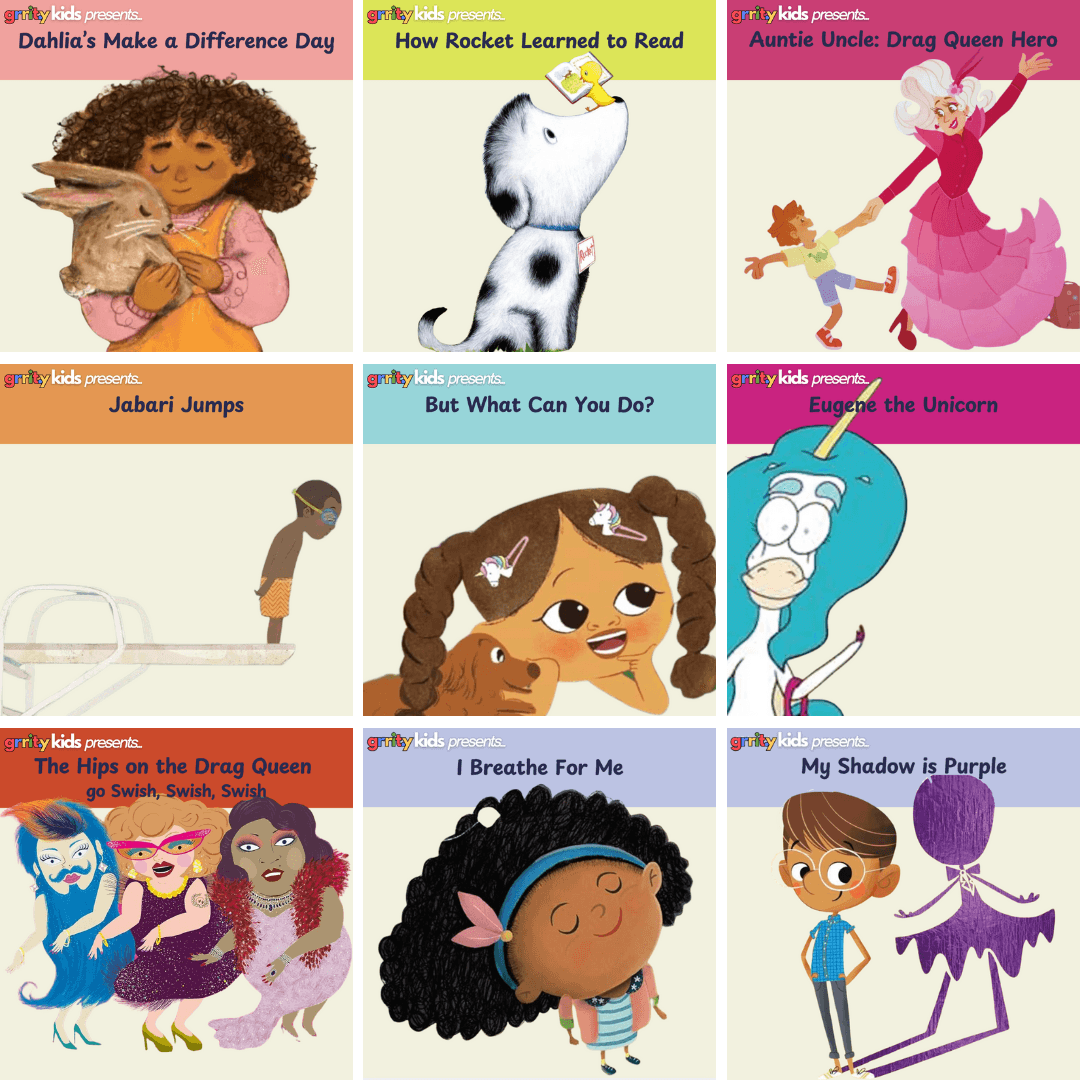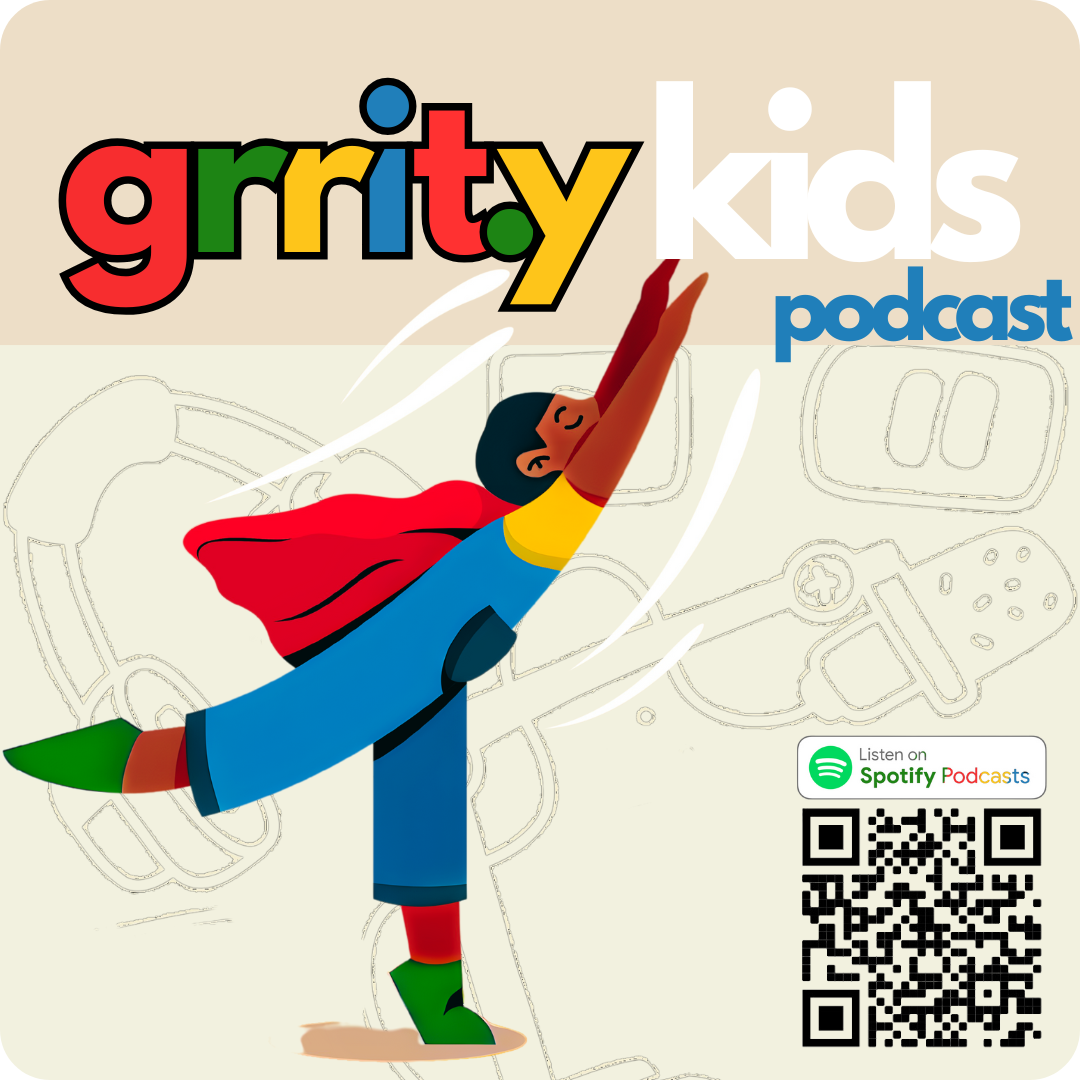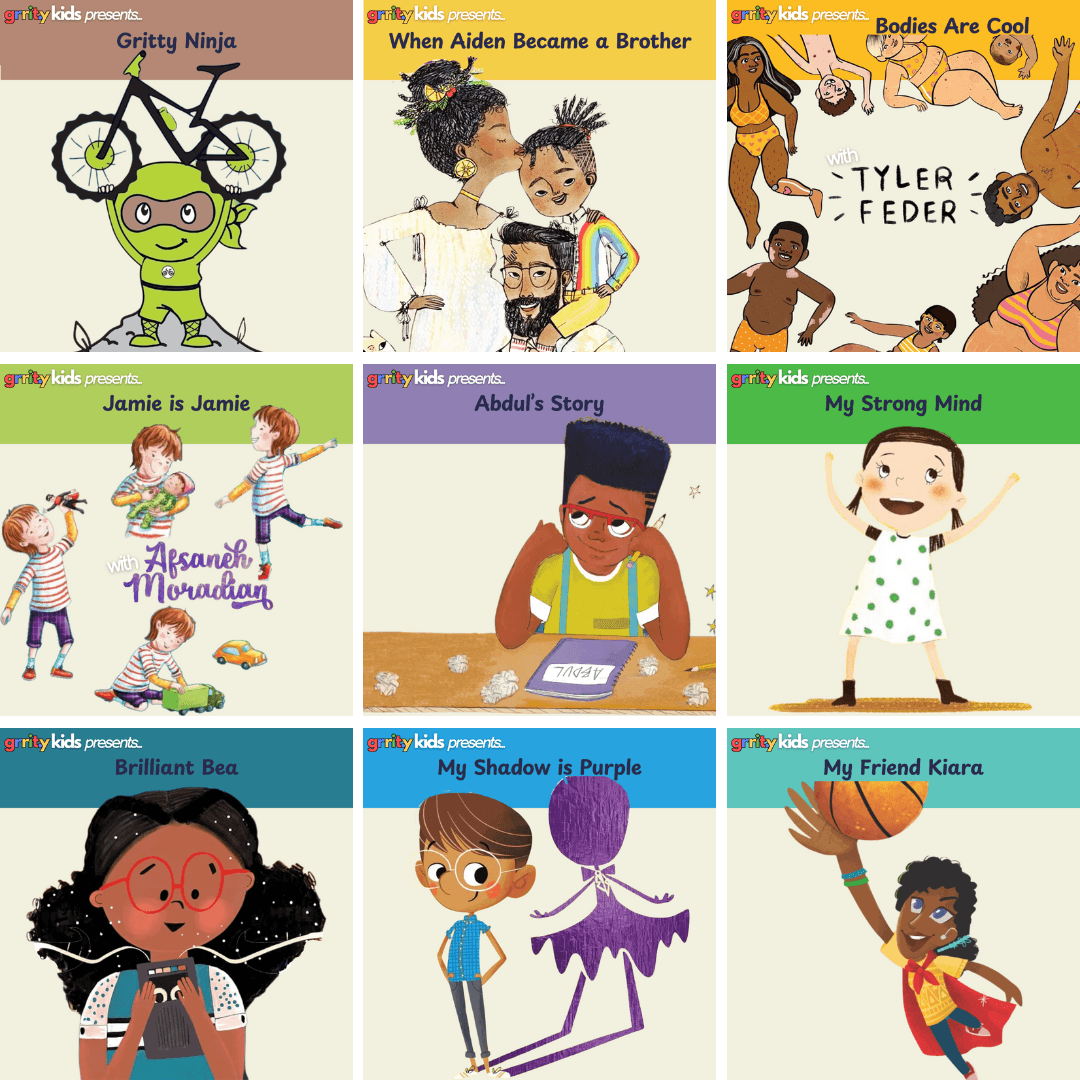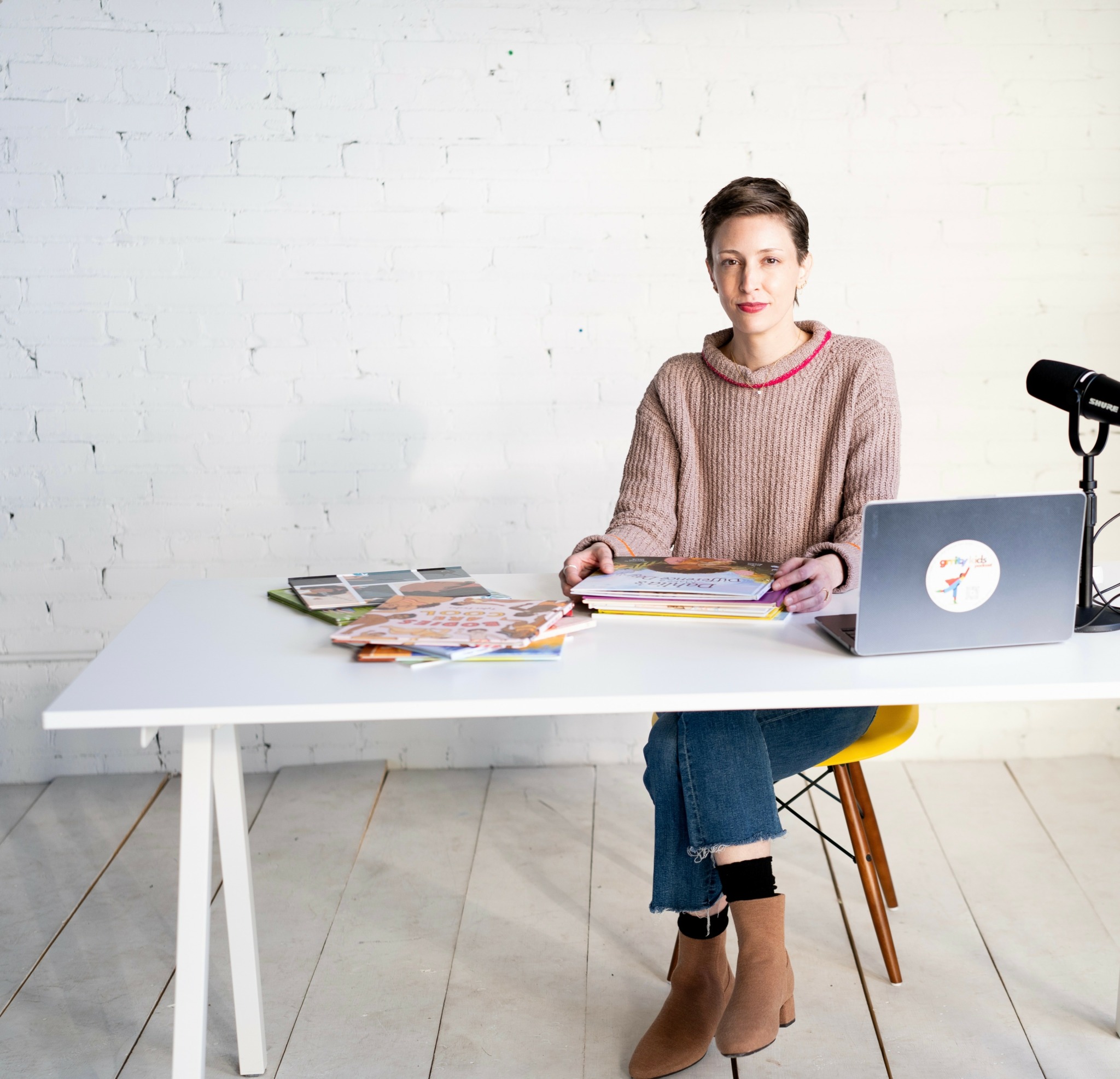Alright – so today we’ve got the honor of introducing you to Erin Carroll. We think you’ll enjoy our conversation, we’ve shared it below.
Alright, Erin thanks for taking the time to share your stories and insights with us today. How’d you first get into your field – what was your first job in this field?
I am a believer in all things integrated; and paths being laid far before we know how and why they will surface. There were many jobs I had that led me to the field I am in now. From early on, I was drawn to helping jobs: babysitting and nannying, volunteering in special education classrooms, teaching dance, and outdoor education. But the defining moment, and my first official, paid teaching job I got when I was 22 years old, traveling and volunteering in South America after graduating from college with my BA in creative writing. Finding my voice through poetry and loving my partner at the time so intensely that I would follow them anywhere – opened up my world and helped me see all the ways I could grow into an adult who changed the world. I thought about nutrition, neuroscience, and teaching, but nothing felt quite right. When I was sitting in an internet cafe outside the tiny town where we were living in Ecuador, I found a graduate program that trained students to become reading specialists – something I had never heard of before. It combined literacy, teaching, developmental psychology, and neuroscience. I was in.
The experiences I had in South America informed, agitated, and woke up my privileged and limited mind. Literacy was freedom. Not theoretically, but in my face, in my hands – with the people I was working with.
I knew then that I was going to become a reading specialist. I wanted to deeply understand how to teach children and adults how to read so I could change access to literacy. Despite school always being a struggle for me, I also knew then that I would attend Columbia University’s Teachers College in New York City.
In order to live in NYC, I needed to find a job, so I began looking for teaching assistant jobs all over the city. One job stood out to me, it was a teaching assistant position at a charter school in the South Bronx. I had a feeling it was the one. I was still living in South America, in Bolivia now, and didn’t have the means or desire to fly to NY for an interview. Long before Dropbox and Zoom were standard forms of communication, I interviewed remotely and enlisted some friends to record me teaching a lesson to students at a local girls’ orphanage. The lesson was on colors and color mixing. My Spanish was terrible because I was nervous. Somehow, I prepared and executed the lesson. Getting the recording downloaded and sent took us days, and many different internet cafes. I was so nervous and took every step very seriously. The salary for the job was $25,000, which sounded like a fortune at the time.
I don’t remember all of the details now, but I do remember getting the recording sent over, and getting the job. I remember clearly that feeling you get when you want something so badly; know it will change your life, and then – you get it. A rush of dopamine every time you fantasize about how your life will play out. I was moving to New York. I was applying to Columbia University. I was going to be an educational changemaker.
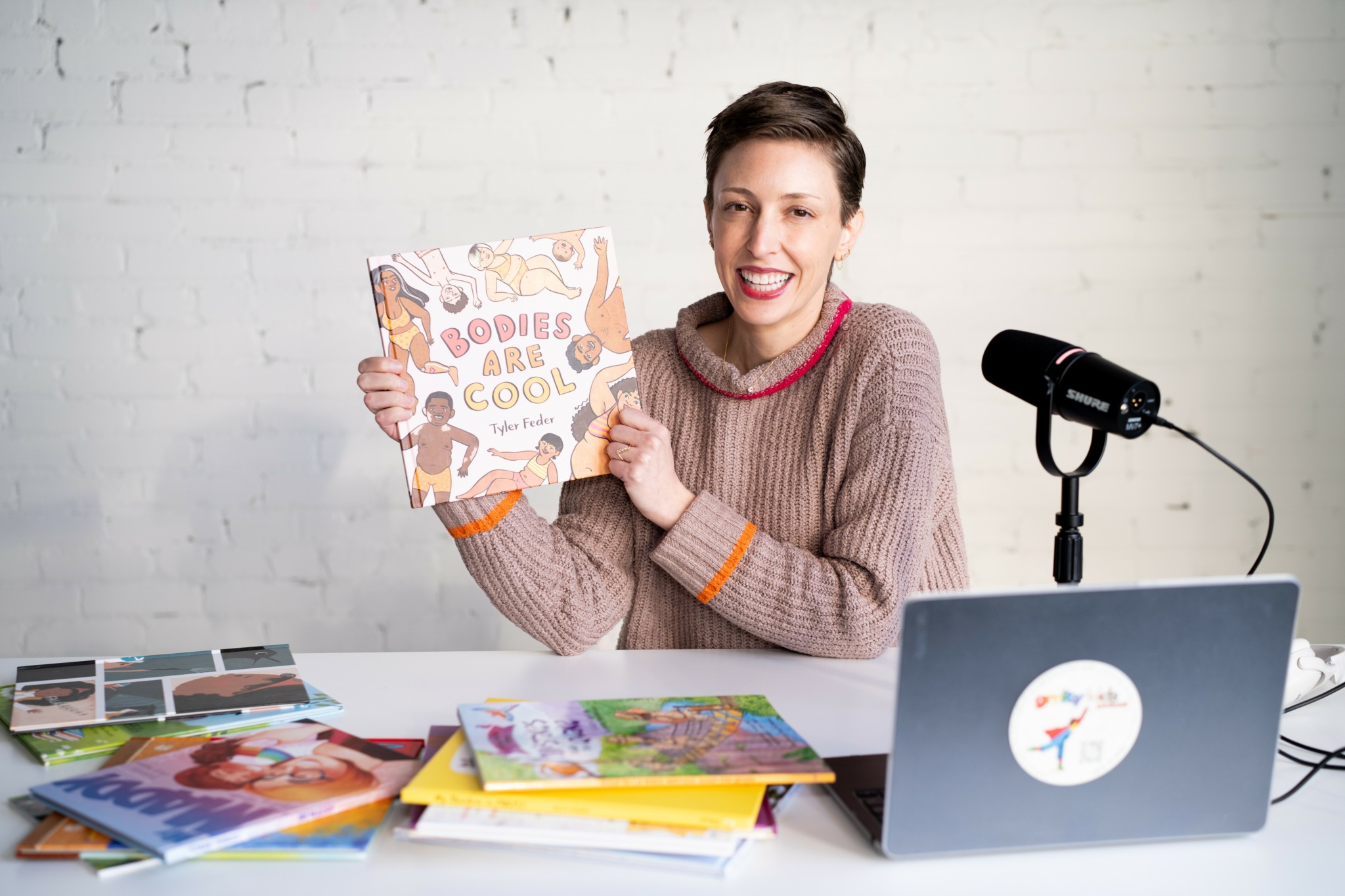
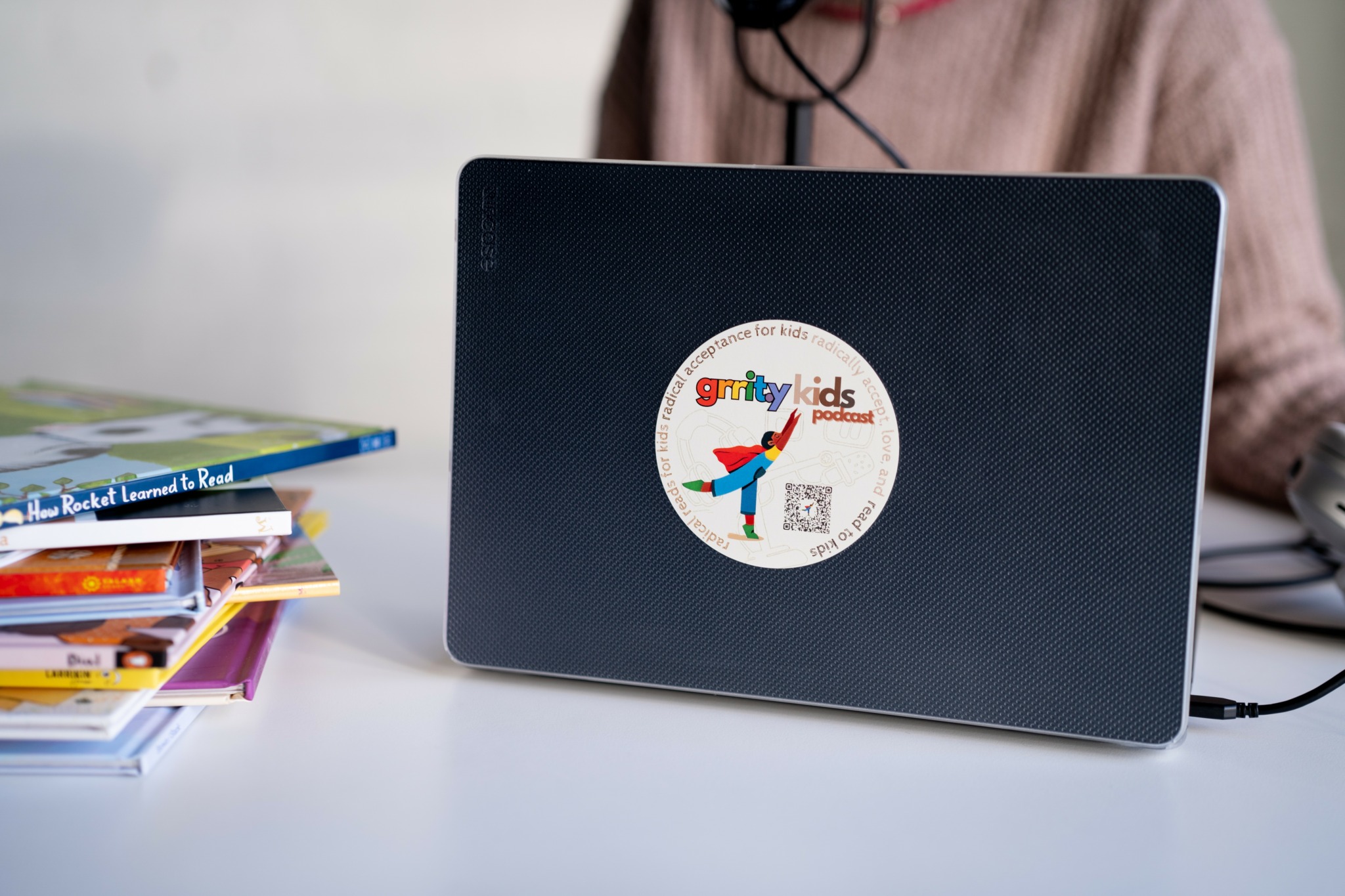
As always, we appreciate you sharing your insights and we’ve got a few more questions for you, but before we get to all of that can you take a minute to introduce yourself and give our readers some of your back background and context?
Of course. I like to say that I am, first and foremost, an advocate for children. I am a clinical reading specialist and executive functioning coach working with children and their caregivers in my private practice. I am also the founder of a new learning approach called Responsive Integrated Teaching™ (rit.), which informs the work of my non-profit, grrit.y kids. The mission of all things rit. (and grrit.y) is to raise awareness and promote self-acceptance among children and their caregivers and educators.
As an educational leader, I have dedicated my career to championing children who learn differently for over 12 years. As a queer educator and mother, I bring a deep passion and understanding to the concepts of individuality and the challenges children face when they feel they don’t fit in.
grrit.y kids podcast is rooted in the principles of Responsive Integrated Teaching™. I believe that meaningful learning can only take place when children feel seen, understood, valued, and capable. The podcast provides a free and accessible way for children to engage with literature that encourages acceptance—of themselves and others. A unique aspect of the podcast is that I integrate my clinical expertise to help children think critically, practice visualization, and develop empathy.
rit. was born out of my philosophy that real change in the educational system cannot and will not happen until children have the skills to understand and accept themselves and others. My work with students does not occur in isolated sessions; I teach the same skills to parents, ensuring support can be integrated at home, with other caregivers, and at school. Similarly, grrit.y kids serves as an integrated initiative. I model reading comprehension, empathy building, and visualization skills just as much for the caregivers and teachers who listen along; as I do for the children.
Through my private practice, consulting, and non-profit work, I aim to destigmatize differences so that all children can engage fully in the essential work of learning.

Have you ever had to pivot?
I worked as a learning specialist in a school setting since I began graduate school in 2012. I love schools. Public schools, charter schools, and independent schools. I love it all. I love the rhythm of a school day and year: the comforting routine and dependable connection between teachers, parents, and administrators. I loved seeing my students make art, perform in plays and sports, and have former students come back to visit. School is magical.
However, despite my deep love for the school community, a few things kept tugging at my mind and heart. I tried to let them go, breathe in the goodness of the children’s laughter in the hallway outside my office, and exhale the politics of equity that never could strike a balance.
I tried talking to my therapist, partner, mom, other teachers, administrators, and mentors. I convinced myself this was just me wanting too much, too quickly, from a limited system. But each week, I had more parents knocking at my door and sliding into my office, pleading for help and guidance and wanting to understand why some children received support and others didn’t. Why were some teachers teaching using research, and others weren’t? When they brought up concerns about their children to administration, they were met with avoidance and skepticism. At first, I tried to assure them that the system was complex and that things would improve soon. I promised to advocate for them and their children. I added more and more students to my caseload and got into more and more classrooms to support teachers. But it never seemed to be enough. The lines outside my office were growing, with teachers now waiting to connect for advice and support. It wasn’t because I was that good; it was just because the status quo before me was old-school siloed intervention. And, okay, I am pretty good. I advocated, and advocated, and advocated. I offered myself up to do more, creating new schedules, systems, and ideas for initiatives. Each time I knocked on the door of those who had the power to make a change, they let me in but told me their hands were tied.
So, one day, I decided I couldn’t continue trying to revere and participate in a system that was not, in fact, magical. And that the rhythms of activities, breaks, and the laughter in the hallway were masking what no one was willing to own up to: We are failing. Our students are failing. We don’t know how to make it better.
I didn’t, and still don’t have all the answers – far from it. But I knew then that I couldn’t bear one more person telling me I couldn’t do what needed to be done to support the children, caregivers, and teachers I cared for. I closed my office door that day and didn’t return. I had to listen to myself and trust that I could create something that worked. Pivoting from the safety of my 8-4, a salary, insurance, and 401K changed my life and allowed me to see all possibilities. I didn’t have to be confined by a system I didn’t wholeheartedly believe in.
Entrepreneurs can see possibilities and opportunities, but it can be complicated and scary; as Glennon Doyle says, “Let it all burn.” We can’t grow until we free ourselves from self or societally-imposed restrictions. The pivot – is a new perspective, and is always worthwhile.
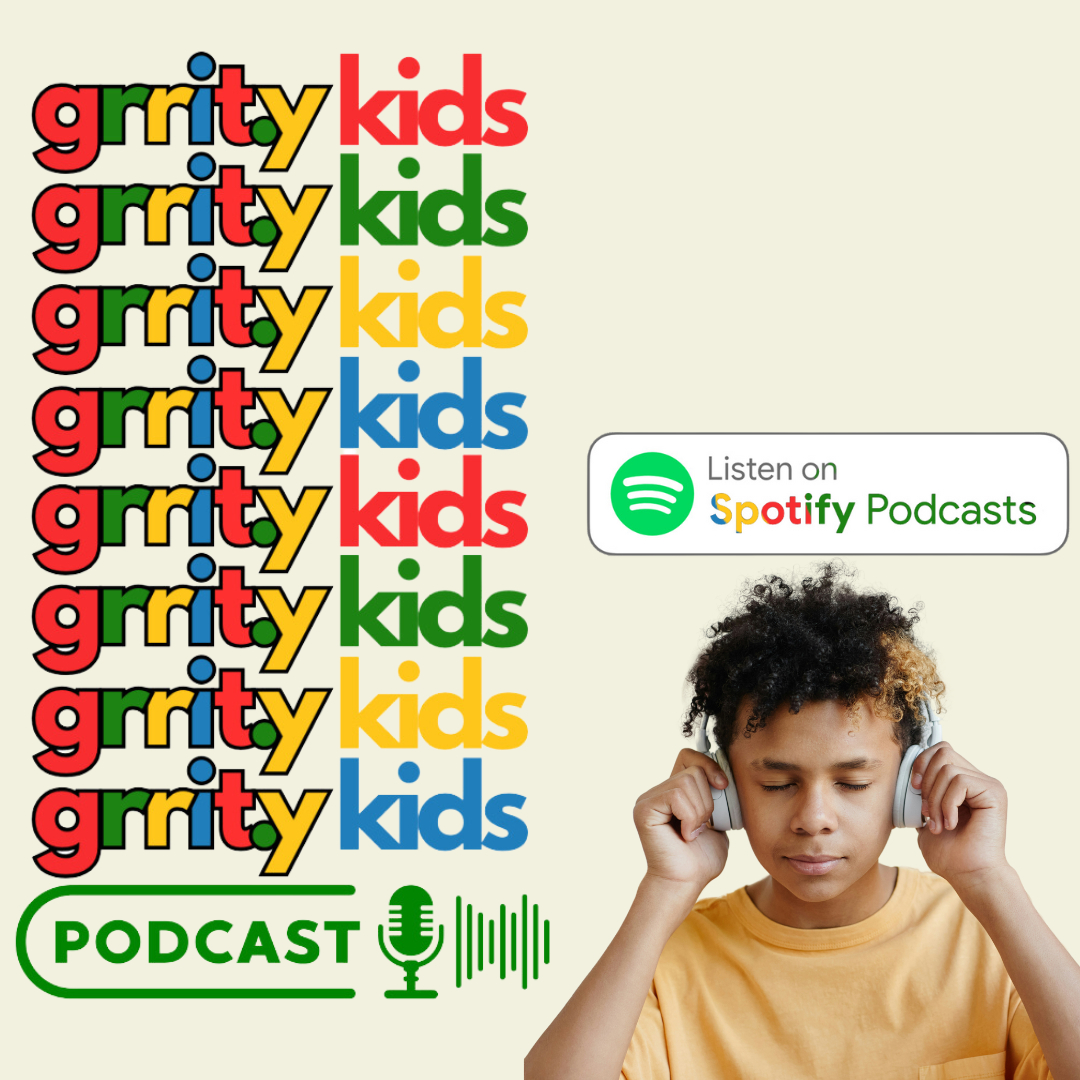
Any stories or insights that might help us understand how you’ve built such a strong reputation?
My foundational belief and guiding principle is to do good work with full conviction. Several key factors have contributed to building my reputation, but the most fundamental is rooted in relationships. I have a unique ability to connect with almost any student and parent. I believe in every child I work with. In their capacity to learn, their potential, and, most importantly, that they are already complete and whole. This belief enables me to connect deeply, authentically, and meaningfully.
Parents and caregivers trust me because I do not see their child as having a deficit. Everyone has areas to improve and strengths to build on. When you genuinely believe in your work and are confident in your ability to navigate challenges with professionalism and patience, people sense it. They trust it and return, sharing their positive experiences with their community. Parents also view me as a confident and competent leader and partner. I approach perceived problems holistically, allowing me to examine both the superficial issues and the deeper underlying causes.
While I consider myself to be an expert in my field, I recognize that there is always more to learn—from the children I work with, from fellow professionals, and especially from the mistakes I inevitably make along the way. Maintaining confidence while acknowledging my own imperfections and limitations, helps me establish and build my reputation.
Contact Info:
- Website: https://www.ritlearns.com/
- Instagram: https://www.instagram.com/erinadamscarroll/
- Facebook: https://www.facebook.com/ritlearns
- Linkedin: https://www.linkedin.com/in/erinadamscarroll/
- Twitter: https://x.com/grritykids
- Youtube: https://www.youtube.com/@grritykidspodcast
- Other: https://grritykids.podbean.com/
ritlearns.com/grritykids
